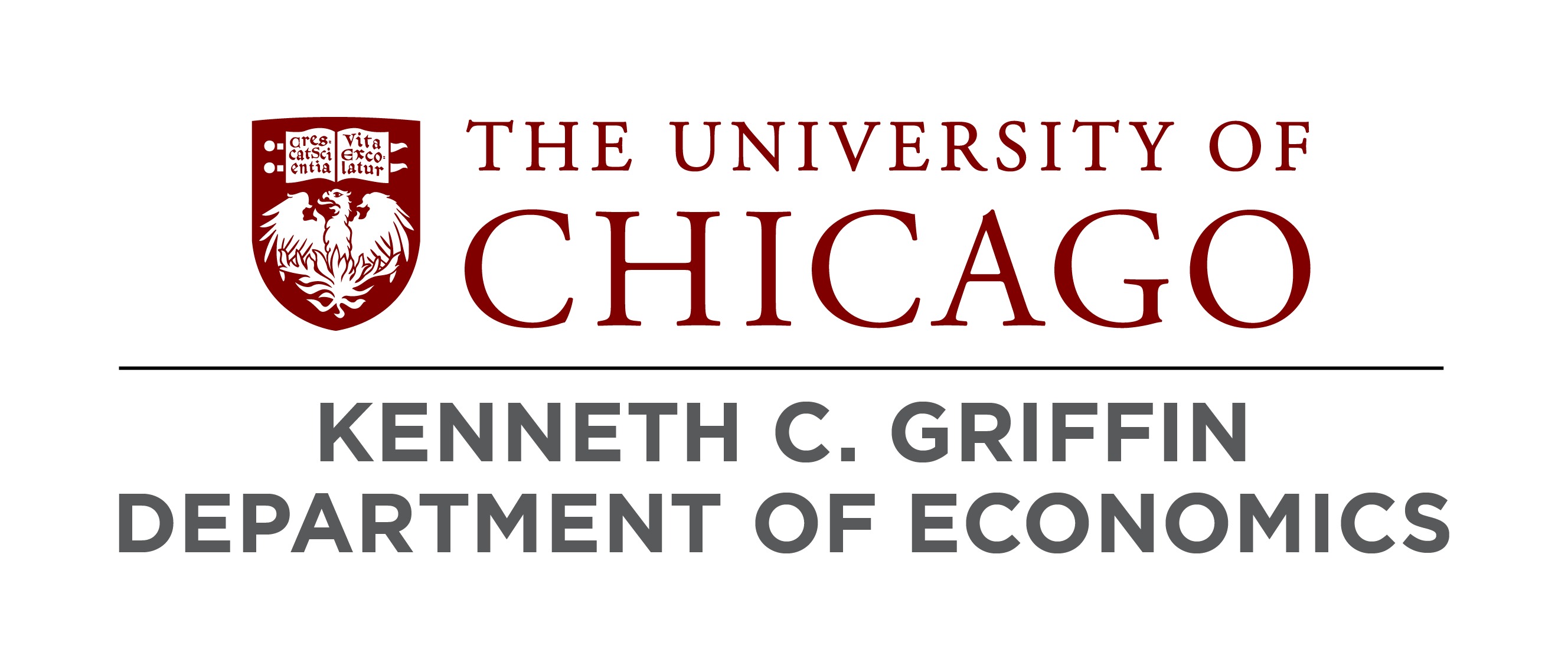
Primary Research Focus: International Trade, Urban and Spatial Economics
Secondary Research Focus: Environmental Economics, Macroeconomics
References: Esteban Rossi-Hansberg (Chair), Jonathan Dingel, Mikhail Golosov, Erik Hurst
Jordan Rosenthal-Kay's Personal Website
Jordan Rosenthal-Kay's CV
Recent Research / Recent Publications
Abstract
Cities are engines of economic development, but the world economy’s ability to reap the benefits of urbanization is limited by the costs of urban scale. Urban costs depend on commuting costs and the city’s capacity to expand up and out. These three dimensions of cities’ urban costs combine to form a city’s urban cost elasticity, which measures how urban costs scale with population size. Using a structural model and geospatial data on over 10,000 cities, I measure urban costs globally. Cities in developing countries grow by building out, rather than up, even though residents face higher transportation costs. Compared to cities in the developed world, developing nations’ cities have urban cost elasticities that are 35% higher. Embedding my estimates of urban costs in a quantitative spatial model featuring a system of cities and rural-to-urban migration, I find that high urban costs have large implications. Lowering urban cost elasticities to the average level observed in the United States would raise welfare in developing nations by 66%, six times the gains in the rich world. One third of the gains in the developing world are driven by general equilibrium responses, as workers both move out of agriculture and reallocate to more productive cities. To examine how policy might achieve these gains, I focus on urban road paving, which I find to be a cost-effective way to reduce urban costs in developing economies. Additionally, high urban costs not only affect economic development, but also hinder the efficacy of urbanization as a climate change adaptation strategy.
 THE UNIVERSITY OF CHICAGO
THE UNIVERSITY OF CHICAGO

